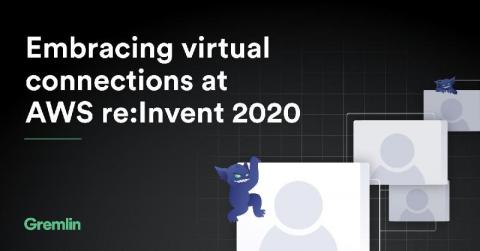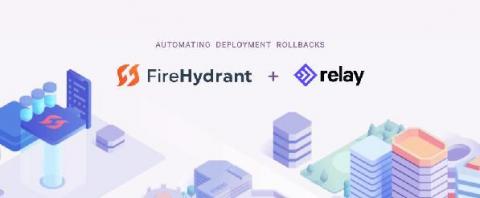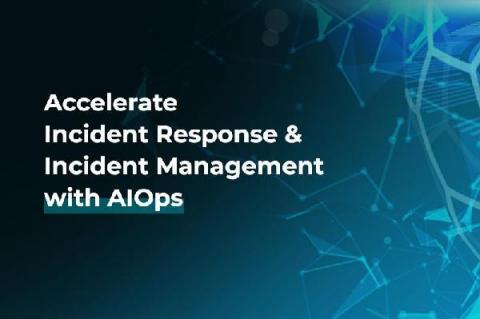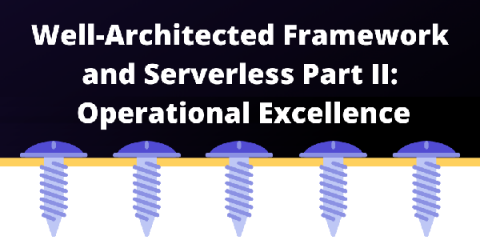Embracing virtual connections at AWS re:Invent 2020
Get started with Gremlin's Chaos Engineering tools to safely, securely, and simply inject failure into your systems to find weaknesses before they cause customer-facing issues. This year has seen a complete re-imagining of tech conferences. Some were cancelled or postponed, while others have evolved and embraced the opportunity to go virtual. This meant innovating to bring the in-person event experience online.











